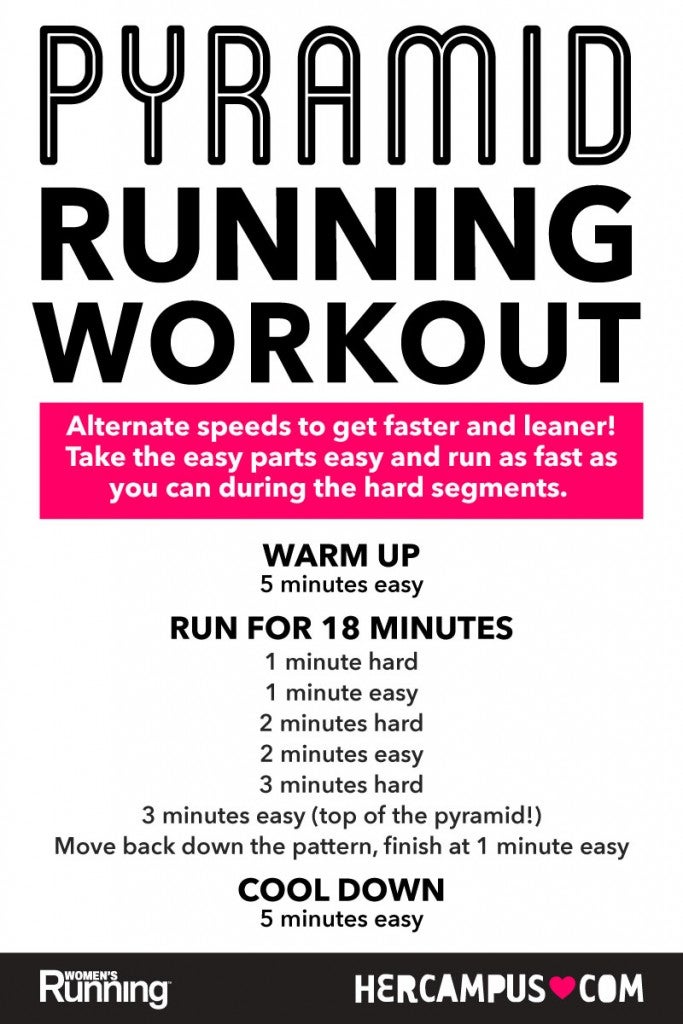The Ultimate Guide to Taking Care Of Pain When Running
For joggers, experiencing discomfort during runs is not uncommon, and understanding exactly how to successfully take care of and prevent it can make a substantial difference in your overall performance and pleasure of the sport. Whether you are an experienced marathoner or simply beginning your running trip, recognizing the different types of discomfort that can arise and the methods to address them is critical. From pre-run workout regimens to appropriate footwear option, there are various aspects to think about when it concerns managing pain while running. This detailed guide will equip you with the understanding and tools essential to navigate via the pain and equip you to attain your running objectives with greater simplicity.

Comprehending Different Sorts Of Running Discomfort
When running, it is essential to identify between various sorts of pain to stop injuries and maximize efficiency (Read More). One usual type of discomfort that joggers might experience is muscle pain, which commonly develops from the stress and anxiety placed on muscle mass during exercise. This kind of discomfort is commonly a regular part of the running process and can be taken care of with proper workout, cool-down, and extending routines
An additional sort of discomfort to be aware of is joint pain. Joint discomfort can show issues such as overuse, improper form, or underlying conditions like arthritis. Overlooking joint discomfort can cause much more severe injuries, so it is crucial to deal with any pain without delay and perhaps look for professional advice.
In addition, sharp or stabbing discomforts ought to not be ignored. These types of pain can signify intense injuries such as strains, sprains, or tension cracks - running workout. Continuing to run with these kinds of pain can aggravate the injury and lengthen recovery time

Pre-Run Warm-Up and Stretching Routine
To prepare the body for a running session, carrying out an efficient pre-run warm-up and extending routine is vital. A correct warm-up helps raise blood flow to the muscles, boosts versatility, and reduces the threat of injury during the run. By including a constant pre-run warm-up and extending routine right into your running program, you can maximize efficiency and minimize the threat of discomfort or injury.
Correct Footwear Option and Fit
When picking operating shoes, it is vital to take into consideration factors such as foot type, running gait, arch support, cushioning, and shoe size. Visiting a specialized running shop for a stride analysis and professional fitting can help guarantee that you choose the right shoes for your specific needs. Investing in top quality footwear that is suitable for your running style and foot anatomy is a proactive step in the direction of protecting against discomfort and injuries during your runs.
Nourishment and Hydration Tips for Pain Prevention

Hydration is equally essential for joggers to avoid aches, dehydration, and various other discomforts that can lead to pain during running. By prioritizing nourishment and hydration, runners can boost their performance, lessen discomfort, and enjoy a much more comfy running experience.
Post-Run Recovery Techniques to Relieve Discomfort
Carrying out efficient healing methods is necessary for alleviating discomfort and advertising muscular tissue recuperation after running sessions. In addition, topping sore areas for 15-20 minutes can help decrease inflammation and numb pain post-run.
Eating a well balanced snack or dish that includes protein and carbs within 30 mins of finishing a run can aid fix muscle cells and renew energy shops. By visit this page incorporating these post-run recovery techniques right into your regimen, you can efficiently manage discomfort and optimize your running efficiency.
Final Thought
To conclude, addressing various sorts of running discomfort with proper workout, stretching, shoes choice, nutrition, hydration, and post-run healing techniques is vital for discomfort prevention and management. By recognizing the root causes of discomfort and carrying out these techniques, runners can lessen discomfort and prospective injuries. It is crucial to focus on overall physical wellness and well-being to make sure a successful and satisfying running experience.